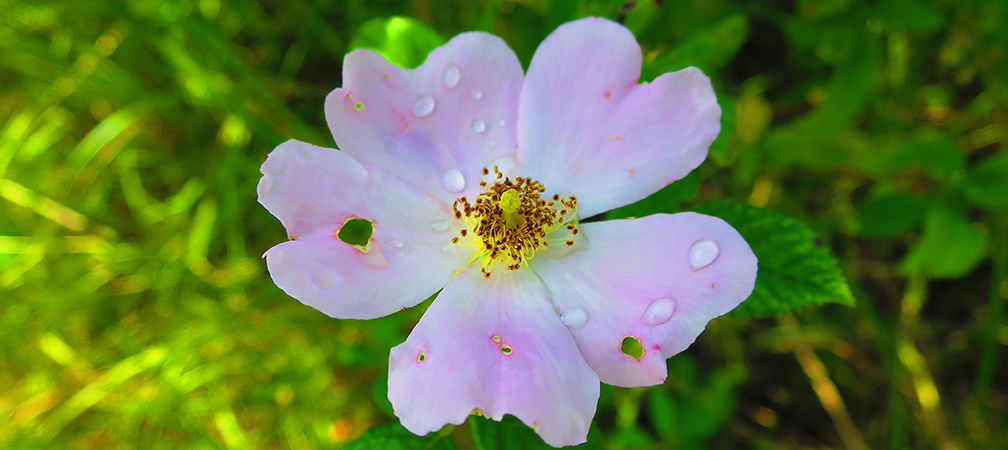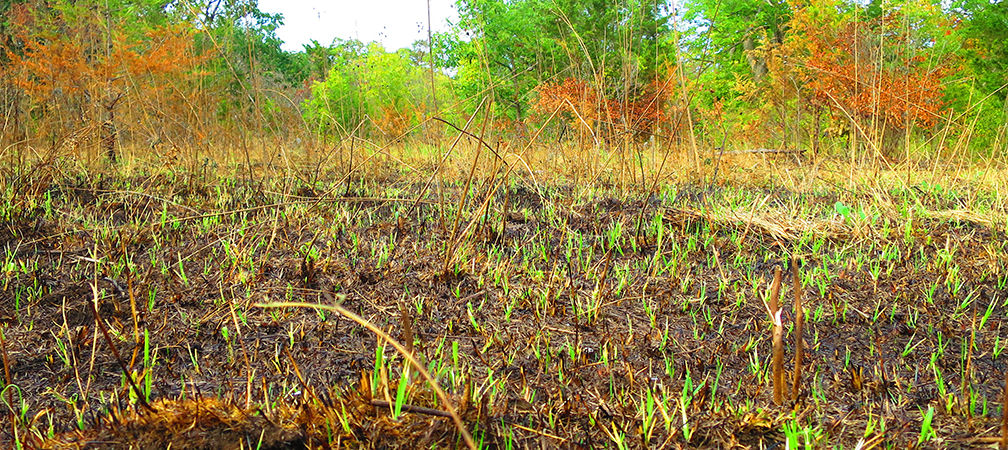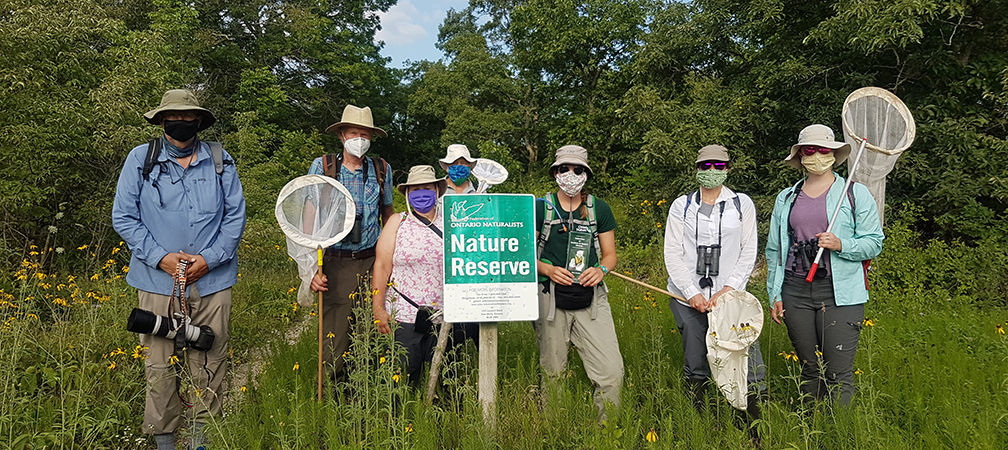Ontario Nature Blog
Receive email alerts about breaking conservation
and environmental news.
© Lora Denis
Giant swallowtail butterfly, Stone Road Alvar Nature Reserve @ JGui2020
Stone Road Alvar Nature Reserve holds a special place in the hearts of Ontario Nature conservation staff and volunteers. Located on the remote Peele Island, this 42-hectare property is home to many rare and region-specific species including 44 provincially rare and 33 regionally rare plant species. The unique alvar habitat has flora adapted to the extreme heat, variations in moisture and rocky soil.
In recent years, we have run some exciting activities at Stone Road Alvar Nature Reserve. Last September, our conservation staff conducted the first prescribed burn in nearly two decades. While in most cases fire would be an unwelcome sight, grassland and alvar habitats in southern Ontario depend on frequent burns to reduce the number of invasive species and promote the native alvar species such as nodding onion, grey-headed coneflower and climbing prairie rose.

Former staff member Ryan Wolfe reflects that “Pelee Island and Ontario nature’s Stone Road Alvar Nature Reserve is one of my favourite places in Ontario. It has unique flora and fauna and large biodiversity, being Ontario’s most southerly inhabited land. This prescribed burn will help maintain the globally rare alvar-grassland ecosystem on the reserve. Seeing this habitat restoration firsthand made me feel incredibly lucky”.
Ryan recently captured a bird’s eye view video of the nature reserve using drone technology.

Our conservation staff survey and monitor the species on the reserve to determine how effective the prescribed burn was at restoring habitat, while also advancing our understanding of grassland-alvar species.
As part of this, monitoring of snakes and their habitat before and after the burn will help determine if the reserve is suitable for the creation of nesting sites for snakes, particularly blue racer. Other species being monitored are invertebrates such as the broad-banded forest snail, bumble bees, and native plants such as blue ash and common hoptree.
The community plays an important role in protecting and restoring this biodiverse nature reserve. In past years, local students have volunteered to help staff maintain the trails along the reserve while learning about the unique ecosystem and ways to actively conserve it. Having a well-defined and maintained trail minimizes harm to the sensitive plant and animal species. This allows people to explore the nature reserve without damaging the rare ecosystem.

This July, Ontario Nature staff and butterfly expert James Kamstra hosted a pollinator and butterfly ID workshop on the reserve with members of the local community. Participants learned about the diversity and importance of butterfly and pollinator species and ways that they can take action in their own backyard by creating pollinator friendly habitat. Participants were also encouraged to become citizen scientists by learning more about projects such as eButterfly, Bumblebee Watch and iNaturalist.
This fall, we will host an event to share information about Pelee Island’s unique habitats and biological diversity as well as the conservation efforts and research occurring on the nature reserve. Participants will have an opportunity to ask questions and meet the researchers. Stay tuned for more details on this event and how you can attend!
Ontario Nature is grateful to TD Friends of the Environment Foundation (TD FEF), for their long-time support of our Stone Road Alvar Nature Reserve, helping to protect, preserve and restore vulnerable habitats while connecting people to nature.
This is the third installment of our summer blog series highlighting projects made possible thanks to the generous support of TD FEF. The second is A sneak peek into the upcoming Ontario Reptile and Amphibian Atlas Publication. The first is Youth Leading the Way to a Greener Ontario.

Proposed 413 Route, Old School Road with farm and escarpment view © Noah Cole